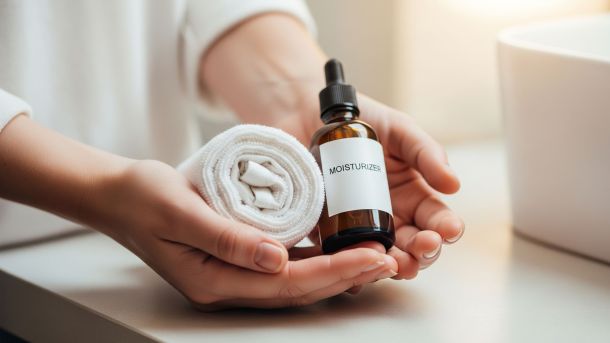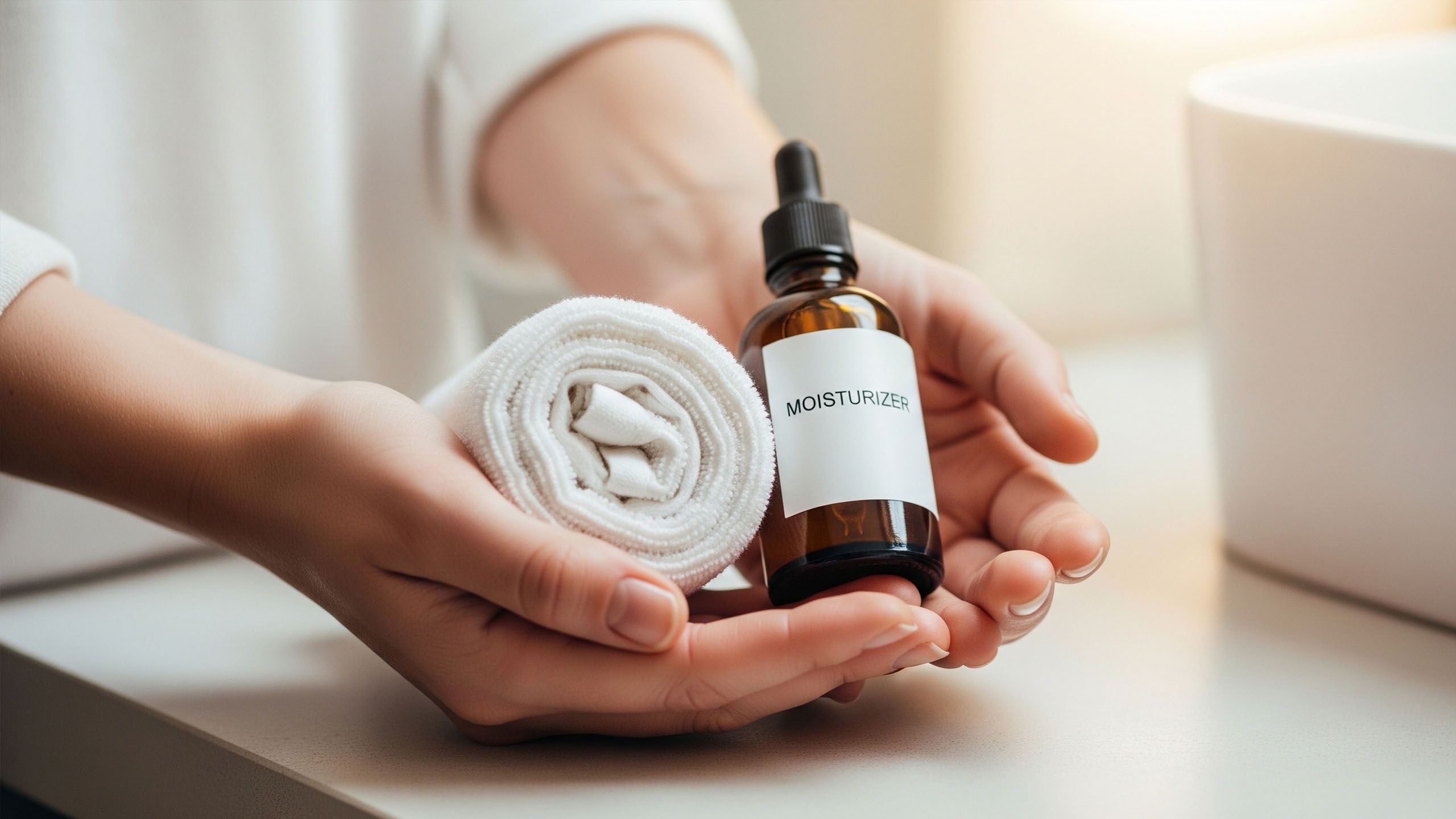Finding Comfort: Gentle Approaches to Reduce Pain During Sex

Pain during sex is something many people experience at some point, and it's often a signal that your body needs a bit more care or attention. Whether it's a sharp twinge, ongoing soreness, or just general discomfort in the vulva or vagina area, it can make intimacy feel frustrating instead of fun. The good news is there are plenty of practical, everyday steps you can take to make things easier and more enjoyable.
This guide walks you through some straightforward strategies to help ease that pain safely, focusing on what you can try at home without turning it into a big ordeal. Remember, everyone's body is different, so what works for one person might need tweaking for another. The key is to go slow, listen to your body, and keep things consensual and relaxed.
Understanding Why It Might Hurt
Before jumping into fixes, it's helpful to think about what could be causing the discomfort. Pain during penetration or other sexual activities isn't uncommon, and it doesn't mean something is wrong with you or your relationship. Common reasons include not enough natural lubrication, which can make things feel rough or irritating. Stress or anxiety might cause muscles in the pelvic area to tighten up, leading to tension that amplifies the pain. Sometimes, it's related to hormonal changes, like during menopause or after childbirth, which can affect moisture levels down there. Infections, allergies to products like soaps or condoms, or even just not being fully aroused can play a role too.
If the pain is new or intense, it's smart to check in with a healthcare provider to rule out anything that needs professional attention, like an infection or a condition such as endometriosis. But for many, simple adjustments can make a big difference. The goal here is to create a more comfortable experience without pushing through the pain— that's never a good idea, as it can make things worse over time.
Start with Open Conversations
One of the most effective ways to address pain during sex is to talk about it openly with your partner. Keeping it bottled up can add emotional stress, which might heighten the physical discomfort. Approach the chat in a calm, non-accusatory way— maybe outside the bedroom, like over coffee. Say something like, "I've been feeling some discomfort lately, and I want us to figure out how to make it better together." This sets a team mindset.
Discuss what feels good and what doesn't. Maybe certain movements or speeds are the culprits. Encourage your partner to share their thoughts too, so it's a two-way street. If you're single or exploring solo, journaling about your experiences can help you pinpoint patterns. The point is, communication builds trust and reduces pressure, which can naturally relax your body and mind.
Build Up Arousal Slowly
Rushing into penetration is a common reason for pain, especially if your body isn't ready. Take time for foreplay to let arousal build naturally. This increases blood flow to the vulva and vagina, promoting natural lubrication and making tissues more flexible.
Try activities that focus on external pleasure first, like gentle touching, kissing, or using a vibrator on the clitoris. Experiment with what turns you on— maybe it's reading erotica, watching something sensual, or just cuddling. Aim for at least 20-30 minutes of this buildup if needed. If you're with a partner, guide their hands or suggest what feels nice. Solo play can be a great way to learn your body's responses without any expectations.
Remember, sex isn't just about penetration; broadening your definition to include other forms of intimacy can take the focus off the painful part and make the whole experience more satisfying.
Choose the Right Lubrication
Dryness is a frequent cause of friction-related pain, and adding lube can be a game-changer. Opt for water-based lubricants if you're using condoms or silicone toys, as they're easy to clean and less likely to cause irritation. Silicone-based ones last longer but aren't compatible with silicone products. Oil-based lubes, like coconut oil, can feel natural but might stain sheets and aren't safe with latex condoms.
Apply lube generously to both the vulva and any penetrating object or body part. Reapply as needed— don't hesitate to pause and add more. If you suspect allergies, test a small amount on your inner arm first. For ongoing dryness, consider moisturizers made for the vaginal area, used a few times a week outside of sex. Avoid anything with fragrances, warming agents, or numbing ingredients, as they can sometimes worsen irritation.
Experiment with Positions
The position you choose can influence how much pressure or depth there is, which might ease or intensify pain. Start with ones where you have more control, like being on top. This lets you set the pace, angle, and depth, avoiding anything that hurts.
Side-lying positions, like spooning, can reduce deep thrusting and allow for shallower penetration. Missionary with a pillow under your hips might adjust the angle comfortably. Avoid positions that feel straining or require a lot of flexibility if that's an issue. Communicate during the act— use words like "slower" or "that's good" to guide things in real-time.
If penetration is too painful, consider non-penetrative options like mutual masturbation or oral sex. The idea is to find what works for your body right now, and be open to changing it up as needed.
| Position | Benefits | Tips for Comfort |
|---|---|---|
| On Top | Control over speed and depth | Use pillows; move slowly |
| Side-Lying (Spooning) | Minimizes deep penetration | Adjust leg angles; communicate |
| Missionary with Pillow | Reduces pressure with adjusted angle | Place pillow under hips |
Relax Your Body and Mind
Tension in the muscles around the vulva and vagina can make pain worse, so relaxation techniques are worth trying. Deep breathing exercises can help: Inhale slowly through your nose for four counts, hold for four, then exhale through your mouth for four. Do this before and during intimacy to calm nerves.
Pelvic floor exercises, often called Kegels, strengthen those muscles over time, but if tightness is the problem, focus on the release part— squeeze for a few seconds, then fully relax. Yoga poses like child's pose or happy baby can gently stretch the area. A warm bath beforehand might loosen things up too.
Mindfulness or meditation apps can reduce overall stress, which often translates to less physical tension. If anxiety about sex is a factor, consider talking to a therapist who specializes in sexual health— they can offer tools without making it feel clinical.
Incorporate Props and Tools
Sometimes, a little help from items can make a difference. Soft, flexible toys or dilators can gradually get your body used to penetration if that's a goal. Start small and use plenty of lube, going at your own pace.
External vibrators can enhance arousal without internal pressure. Pillows or wedges designed for sex can support your body in comfortable positions. Even something simple like a heating pad on your lower abdomen before sex can soothe muscles.
If you're dealing with allergies or sensitivities, switch to hypoallergenic condoms, unscented soaps, and cotton underwear. Keeping the area clean but not over-washed helps maintain balance.
Know When to Pause or Seek Help
It's okay to stop if something hurts— forcing through can lead to more issues. Set boundaries and use a safe word if needed. Track your experiences: Note what you ate, your cycle phase, or stress levels, as patterns might emerge.
If pain persists despite these tries, or if it's accompanied by other symptoms like unusual discharge or bleeding, see a doctor. They can check for underlying causes and suggest tailored solutions. Specialists like gynecologists or pelvic floor therapists are there to help without judgment.
Wrapping It Up with Patience
Dealing with pain during sex can feel isolating, but you're not alone, and there are ways to improve it. By focusing on communication, arousal, lubrication, positions, relaxation, and the right tools, you can work toward more comfortable intimacy. Be kind to yourself— changes take time, and it's about progress, not perfection. If you're in a relationship, involving your partner can strengthen your bond. Ultimately, sex should feel good for everyone involved, so prioritize your comfort and enjoy the process of discovering what works best for you.
Q&A
- Q: What should I do if lubrication doesn’t reduce the pain? A: If lubrication isn’t helping, try extending foreplay to increase arousal, practicing relaxation exercises, or consulting a healthcare provider to check for underlying issues like infections or hormonal changes.
- Q: How much foreplay is needed to make sex more comfortable? A: It depends, but 20-30 minutes of foreplay can help with natural lubrication and muscle relaxation. Adjust based on what feels best for your body.
- Q: Is it normal to have pain during sex sometimes? A: Occasional discomfort can happen due to dryness, stress, or positioning, but frequent or severe pain suggests trying these strategies or seeing a doctor.
- Q: Can stress really make sex painful? A: Yes, stress can cause pelvic muscle tension, leading to discomfort. Techniques like deep breathing, yoga, or mindfulness can help relax those muscles.
- Q: When is it time to see a doctor about pain during sex? A: If pain continues despite trying these tips, or if you notice symptoms like unusual discharge or bleeding, see a healthcare provider to explore possible medical causes.
Disclaimer: The articles and information provided by the Vagina Institute are for informational and educational purposes only. This content is not intended to be a substitute for professional medical advice, diagnosis, or treatment. Always seek the advice of your physician or another qualified health provider with any questions you may have regarding a medical condition.


 English
English  Deutsch
Deutsch  Español
Español  Français
Français 





